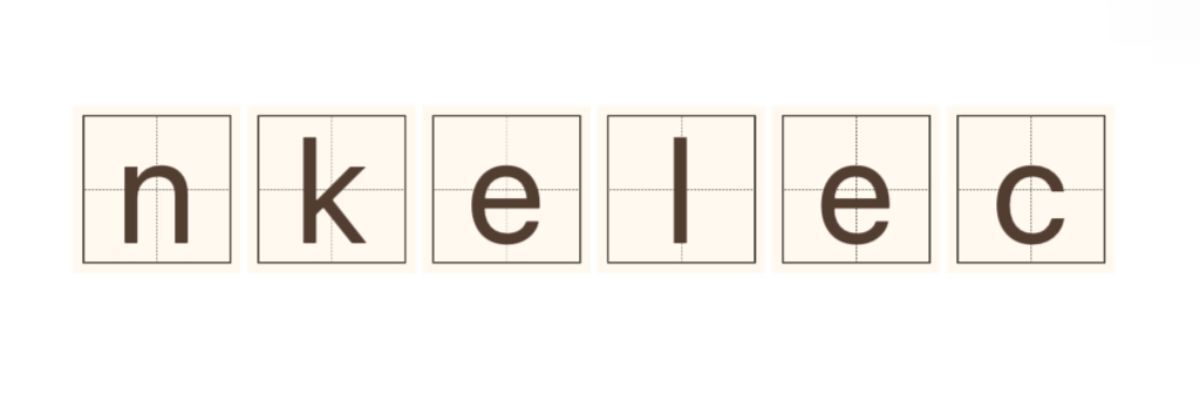Essential Guide to Transmission Cross Arms: Benefits & FAQs
May. 07, 2025
Transmission cross arms play a crucial role in the support and stability of electrical transmission lines. These structural components are designed to hold the wires and maintain the proper spacing between them, ensuring that the electrical flow remains uninterrupted. Understanding their benefits and addressing common questions regarding transmission cross arms can help utility companies and engineers make informed decisions during installation and maintenance.
Want more information on Transmission cross arm? Feel free to contact us.
Benefits of Transmission Cross Arms
One of the primary advantages of transmission cross arms is their ability to enhance the stability of power lines. By providing a solid support structure, cross arms help to withstand environmental factors such as wind, ice loads, and seismic activity. This stability reduces the risk of outages and improves the overall reliability of electrical services.
Additionally, transmission cross arms promote safety. They ensure that the conductors remain at a safe distance from each other and from the ground, minimizing the risk of short circuits and electrical hazards. This safety feature is vital for the protection of maintenance personnel and the general public.
Another benefit is that these components are available in various materials, including wood, steel, and composite materials, allowing for customization based on the specific needs of the transmission line. The choice of materials can impact the strength, weight, and cost-effectiveness of the installation, making it crucial to select the right type of cross arm for each project.
Common Questions About Transmission Cross Arms
One frequent question is: “What sizes and lengths do transmission cross arms come in?” Generally, cross arms are available in multiple sizes and can be tailored to fit the specifications of different towers and poles. This customization is critical for ensuring the proper alignment and operation of the power lines.
Another important query pertains to maintenance. “How often should transmission cross arms be inspected?” Regular inspections are essential to identify any signs of wear, damage, or structural integrity issues. Utility companies typically recommend bi-annual inspections, though the frequency may vary depending on environmental conditions and the specific materials used.
Moreover, some users ask, “What factors influence the choice of material for transmission cross arms?” Factors such as local climate, load requirements, and budget constraints play significant roles. For instance, while wooden cross arms are cost-effective and easy to install, they may require more frequent maintenance in harsh weather conditions compared to steel or composite options.
Conclusion
In summary, transmission cross arms are integral to the functionality and safety of electrical transmission systems. Their benefits, including structural stability, enhanced safety, and material versatility, make them a critical component for utility firms and engineers alike. Understanding their importance and addressing common queries can lead to better decision-making and improved infrastructure in electrical transmission. Should you have further questions or need assistance regarding transmission cross arms, please feel free to contact us.
For more Twin Thimble Eye Anchor Boltinformation, please contact us. We will provide professional answers.
331
0
0


Comments
All Comments (0)